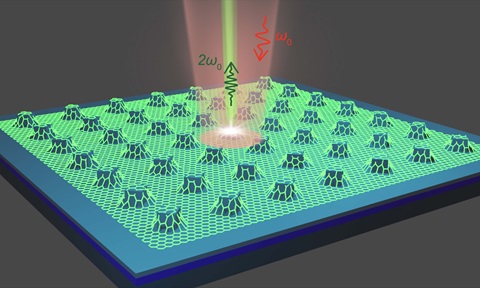
Bidirectional AC-DC Power Conversion
Synopsis
This invention presents a bidirectional AC-DC power converter that allows bidirectional power flow between the distribution network of an AC power system and a DC power grid inside buildings. It enables the powering of large electric loads, such as electric vehicle (EV) charging with energy storage.
Opportunity
To combat climate change, replacing combustion vehicles with EVs is a crucial solution, especially if EVs are charged primarily with renewable energy such as wind and solar power. To realise this vision, two technical issues need to be addressed. Firstly, large-scale EV charging infrastructure must be developed. Existing multi-storey carpark buildings were not designed to support large-scale EV charging and lack space for additional transformers to increase power supply capacity. New technology is thus needed to equip these buildings with EV charging capabilities. Secondly, maintaining stability in AC power systems requires real-time balancing of power generation and load demand. Renewable energy sources, such as wind and solar power, can cause power system instability due to their intermittent nature, with fluctuations that can vary by tens of megawatts within seconds. New technology is needed to absorb these fluctuations in renewable power generation. This invention addresses these issues by introducing new concepts and technologies that accelerate the adoption of both renewable energy and EVs, providing a complementary solution to combat climate change.
Technology
This bidirectional AC-DC power converter and its control method enable bidirectional power flow between the AC power system’s distribution network and a building’s DC power grid. It can power large electric loads with energy storage, such as an extensive EV charging network. The invention features bidirectional power flow control between the AC distribution network and the DC grid without using traditional mains-frequency transformers. It includes electric spring functions with active and reactive power compensation capabilities to regulate distribution voltage and frequency. This allows the large load powered by the DC power grid to work as a smart load, adapting power consumption to follow the fluctuating power profile of renewable energy generation. Additionally, it supports the conversion from high AC voltage (typically 6.6kV–11kV) to relatively low DC voltage (typically 500V–800V).
Applications & Advantages
Main application areas include equipping existing buildings with a DC power grid to support large electric loads, such as extensive EV charging networks or infrastructure.
Advantages:
- Eliminates the need for bulky mains-frequency transformers, making it suitable for buildings not designed for large-scale EV charging infrastructure.
- Enables efficient bidirectional power flow between AC and DC systems.
- Allows the system to act as a smart load, adapting to fluctuating renewable energy generation.
- Supports high-to-low voltage conversion efficiently.
- Modularity enables the technology to be scaled according to the number of EV chargers required.




.tmb-listing.jpg?Culture=en&sfvrsn=3b74ec1c_1)










